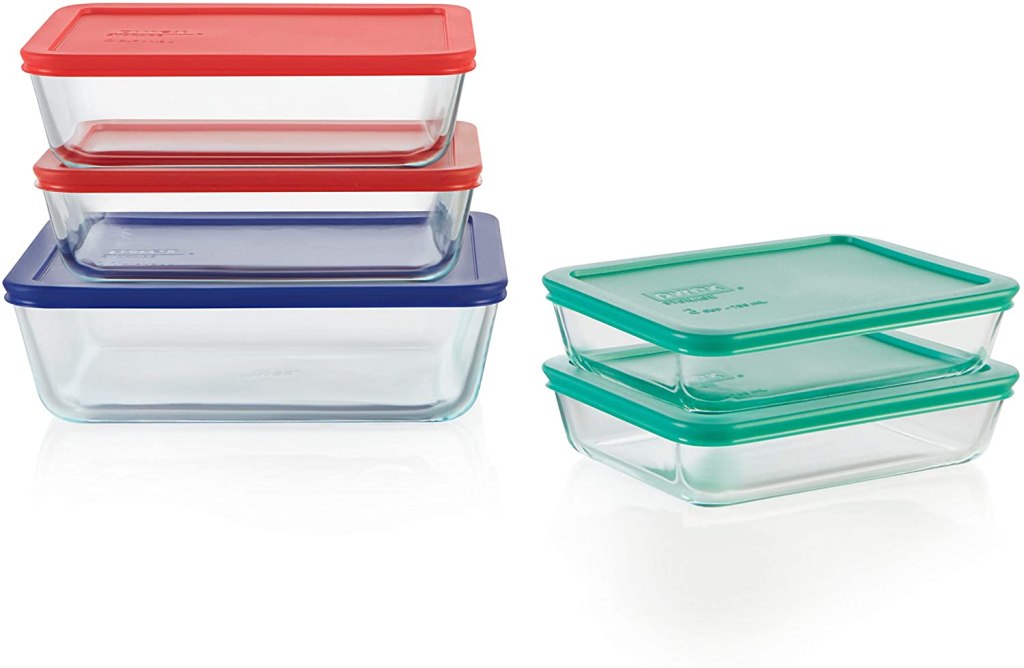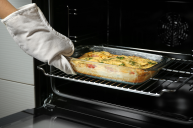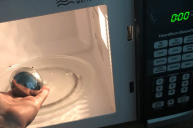There's nothing better than pulling out your leftovers, microwaving them, and having a meal ready in under five minutes. Whether it's a busy weeknight or a lazy Sunday, the ability to quickly heat food is a huge perk of the modern world. However, it's important to be careful which materials you put in the microwave since some can melt or crack, making them unsafe to use. One of the biggest questions when it comes to microwave safety is whether you can microwave glass.
Most people know that microwaving aluminum foil or thin plastic containers is out of the question while microwaving Styrofoam depends on whether it's microwave safe. Pyrex food storage containers and bakeware, which can be found on Amazon or in the kitchen section of stores, are highly popular for their ability to withstand temperatures in the oven. Along with this, classy dinnerware is also often made with glass. But how do you know if you can microwave your glass container?
?Microwaving Glass

The first thing to check when putting a glass dish in your microwave oven is whether it's a microwave-safe type of glass. Microwave-safe glass containers and glass bowls have a small logo labeling them as safe, often depicting a microwave and a few squiggly lines. You can typically find this on the bottom of the container.
However, it's a little more complicated than simply finding the logo and popping your microwaveable container into the microwave! Even if your cookware is microwave safe, it shouldn't go in the extreme heat of the microwave when cold because of the rapid temperature change this would cause.
https://twitter.com/ReligiousStudie/status/1367150356946325504
This is because of the rules of thermodynamics- the molecules in glass freeze when kept in cold temperatures like those of the refrigerator or freezer. When the glass is transferred to the microwave, the molecules start moving very quickly because of the high heat. This leads the glass to crack or shatter, which is definitely not what you want when you're just looking to eat a warm meal!
How to Safely Microwave Glass

Non-microwave safe containers made of glass have tiny air bubbles that can expand during heating, which causes a similar effect. Even though microwave-safe glass is made without these bubbles, it still can't withstand extreme temperature changes. Because of this, when reheating your food in glassware, allow it to sit at room temperature for about ten minutes, or until the container doesn't feel cold to the touch. Even microwave-safe dishes are subject to the rules of science!






